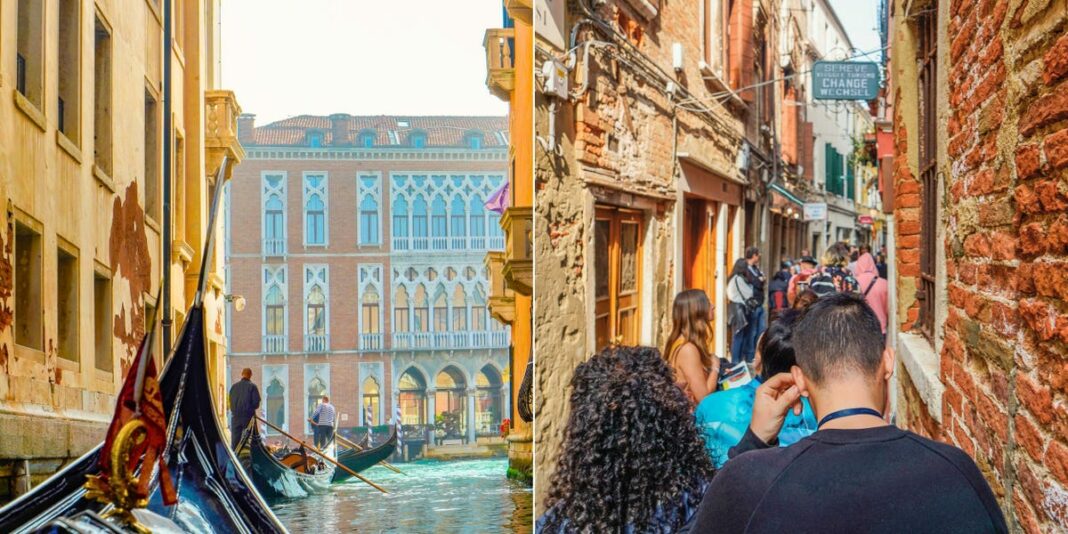The tourist tax in Venice didn’t deter enough travelers. Now, the hot spot is limiting tour groups.
Venice, known for its iconic canals, historic architecture, and vibrant culture, has been a popular tourist destination for centuries. However, the city has been facing a growing issue in recent years – overtourism. The influx of tourists has put a strain on the city’s infrastructure, environment, and local residents. In an attempt to address this issue, Venice implemented a tourist tax to deter visitors and limit the negative impact of mass tourism on the city.
The Tourist Tax in Venice
In 2019, Venice introduced a tourist tax for day-trippers in an effort to regulate the flow of tourists and generate revenue for the city. The tax, ranging from €3 to €10 depending on the season, was meant to discourage short-term visitors and help fund the maintenance and conservation of Venice’s cultural heritage. However, the tax did not have the intended effect of reducing the number of tourists coming to the city.
Limited Tour Group Access
As a result, Venice has now implemented new restrictions on tour groups in an effort to manage the crowds and preserve the city’s cultural and historical sites. The new regulations limit the number of tour groups allowed in popular areas such as St. Mark’s Square and the Rialto Bridge. Tour groups are now required to make reservations in advance and follow designated routes to prevent overcrowding and minimize disruptions to locals.
Benefits of Limiting Tour Groups
By limiting tour groups in Venice, the city hopes to improve the overall visitor experience and reduce the impact of mass tourism on the local environment and residents. The restrictions aim to create a more sustainable tourism model that prioritizes the preservation of Venice’s unique heritage and ensures a more respectful and responsible approach to tourism.
Challenges and Controversies
While the new regulations are seen as a step in the right direction, they have also sparked controversy and raised concerns among tour operators and tourists. Some argue that the restrictions will negatively impact the tourism industry and limit access to important cultural sites. Others worry that the measures do not go far enough to address the root causes of overtourism in Venice.
Conclusion
The tourist tax in Venice may not have been enough to deter enough travelers, but the city’s decision to limit tour groups is a positive step towards managing the impact of mass tourism. By implementing these new regulations, Venice aims to strike a balance between welcoming visitors and preserving its cultural heritage for future generations. It remains to be seen how effective these restrictions will be in curbing overtourism and creating a more sustainable tourism model in Venice.
FAQs
1. How do the new regulations affect tour groups in Venice?
The new regulations require tour groups to make reservations in advance and follow designated routes to prevent overcrowding in popular areas.
2. Will the limitations on tour groups have a negative impact on tourism in Venice?
While some argue that the restrictions may limit access to cultural sites, the overall aim is to create a more sustainable tourism model that preserves Venice’s heritage.
3. What are the benefits of limiting tour groups in Venice?
Limiting tour groups can reduce overcrowding, protect the environment, and improve the overall visitor experience in Venice.




